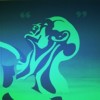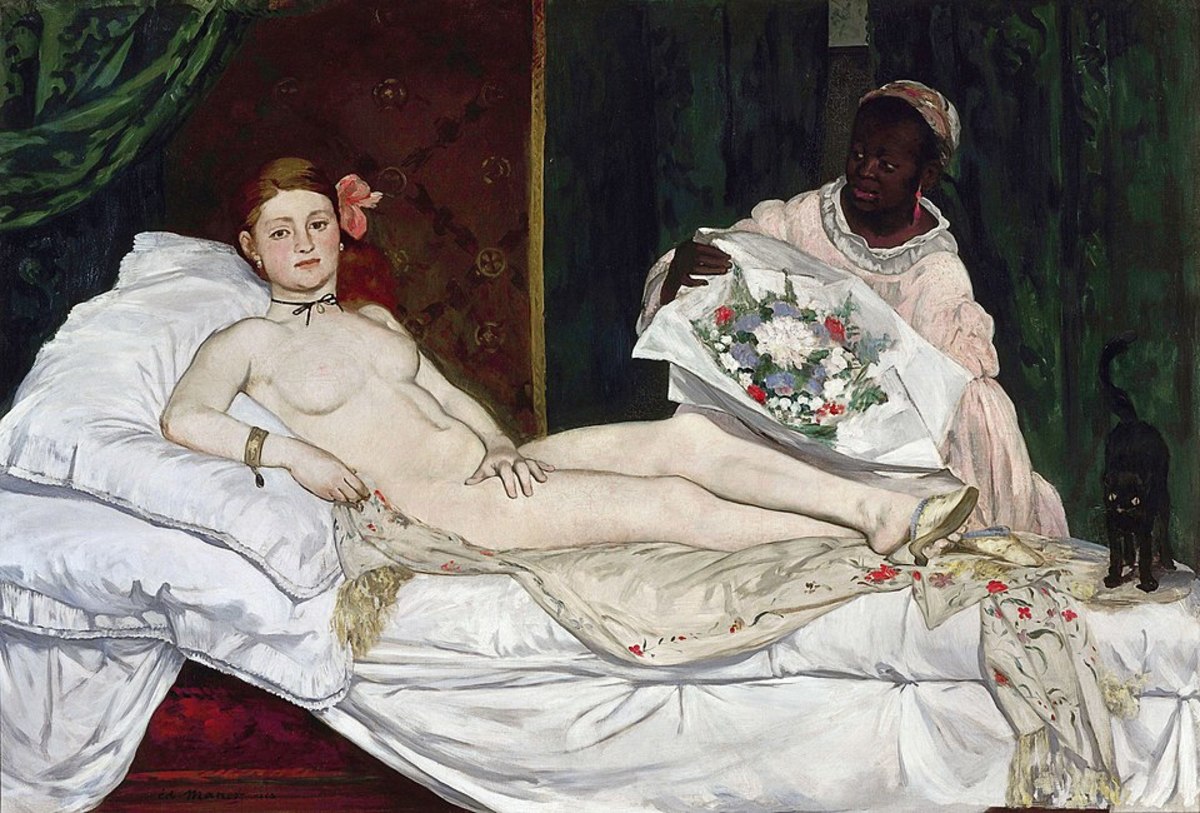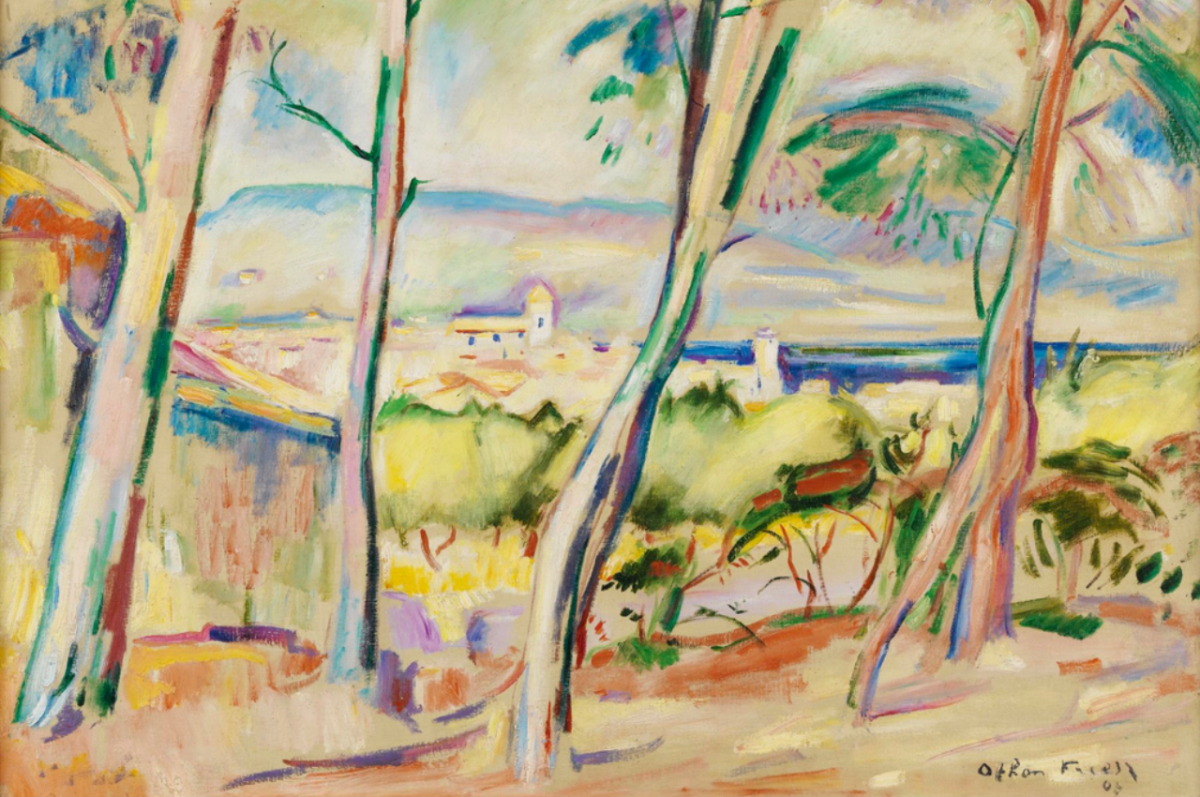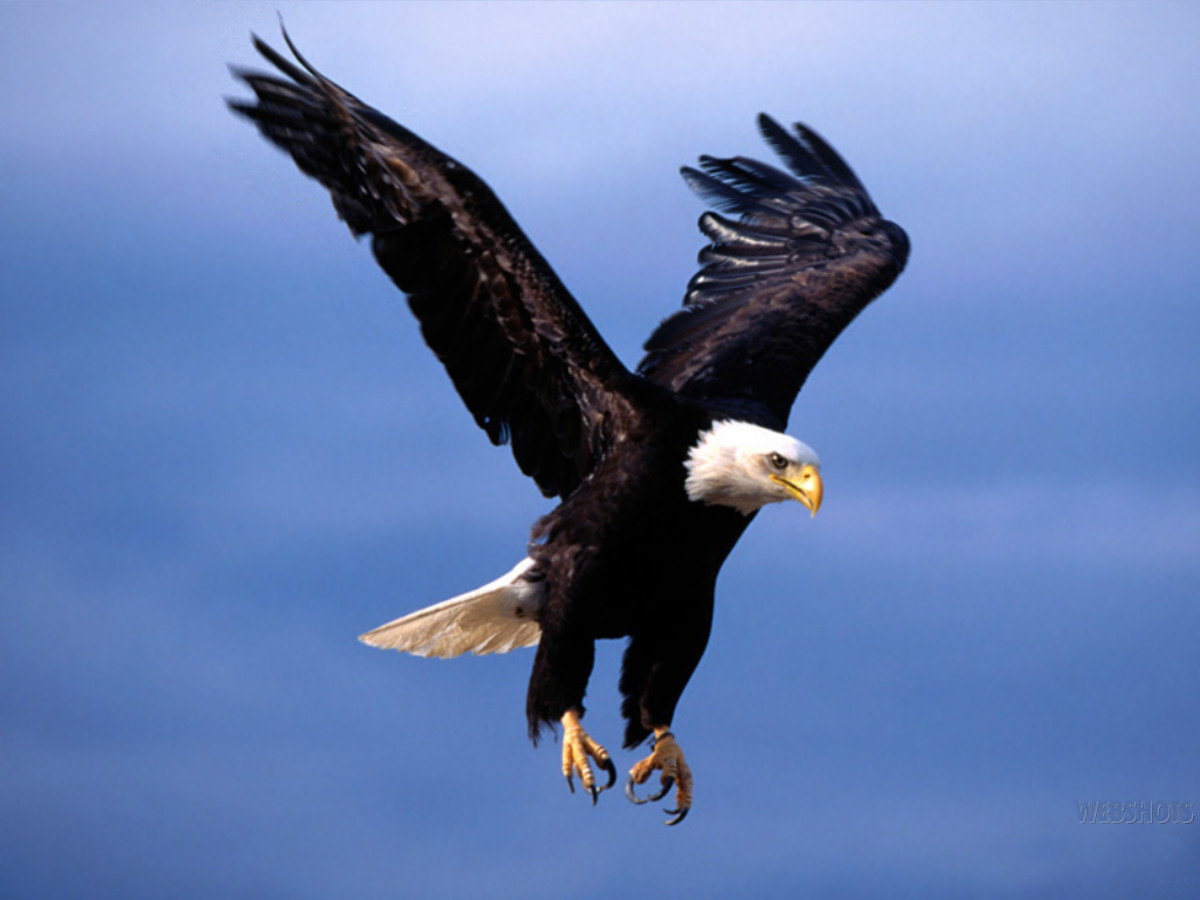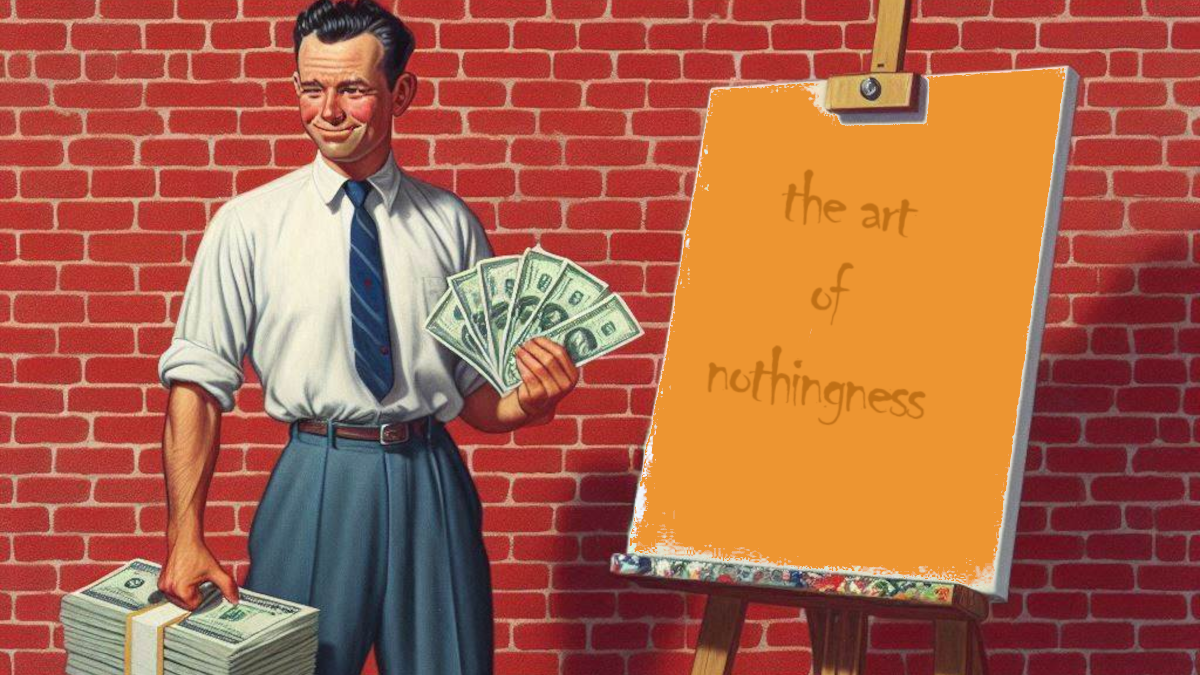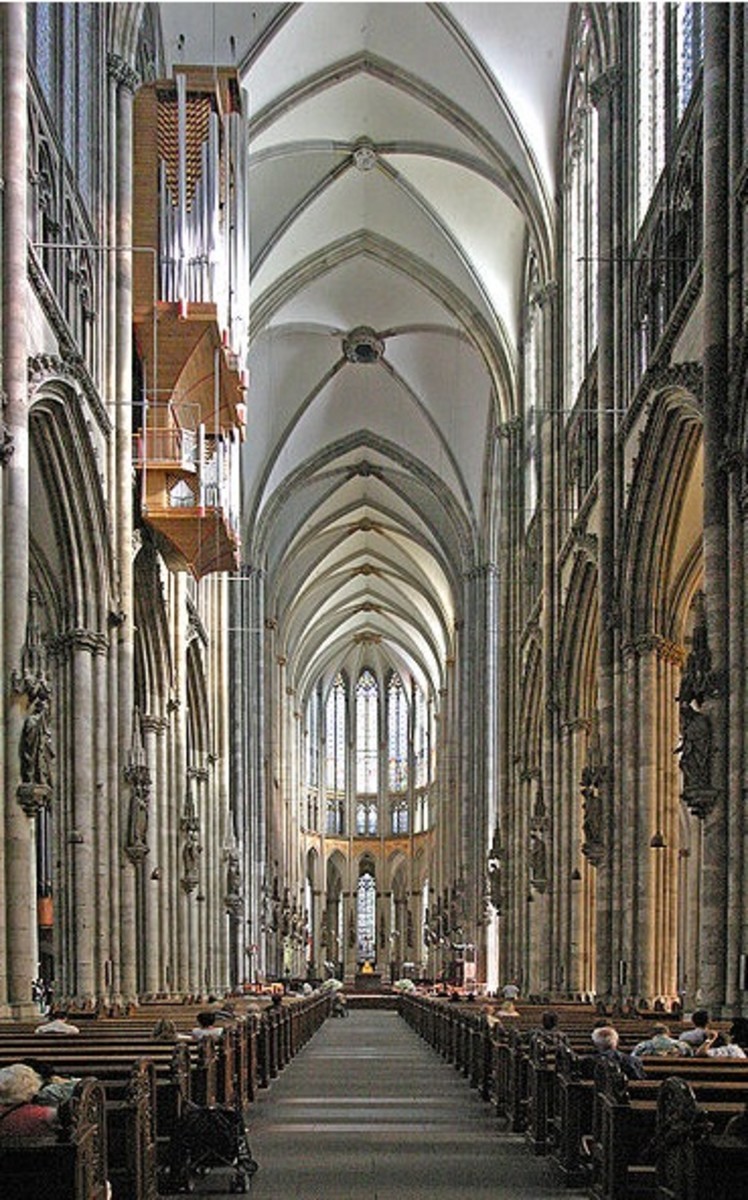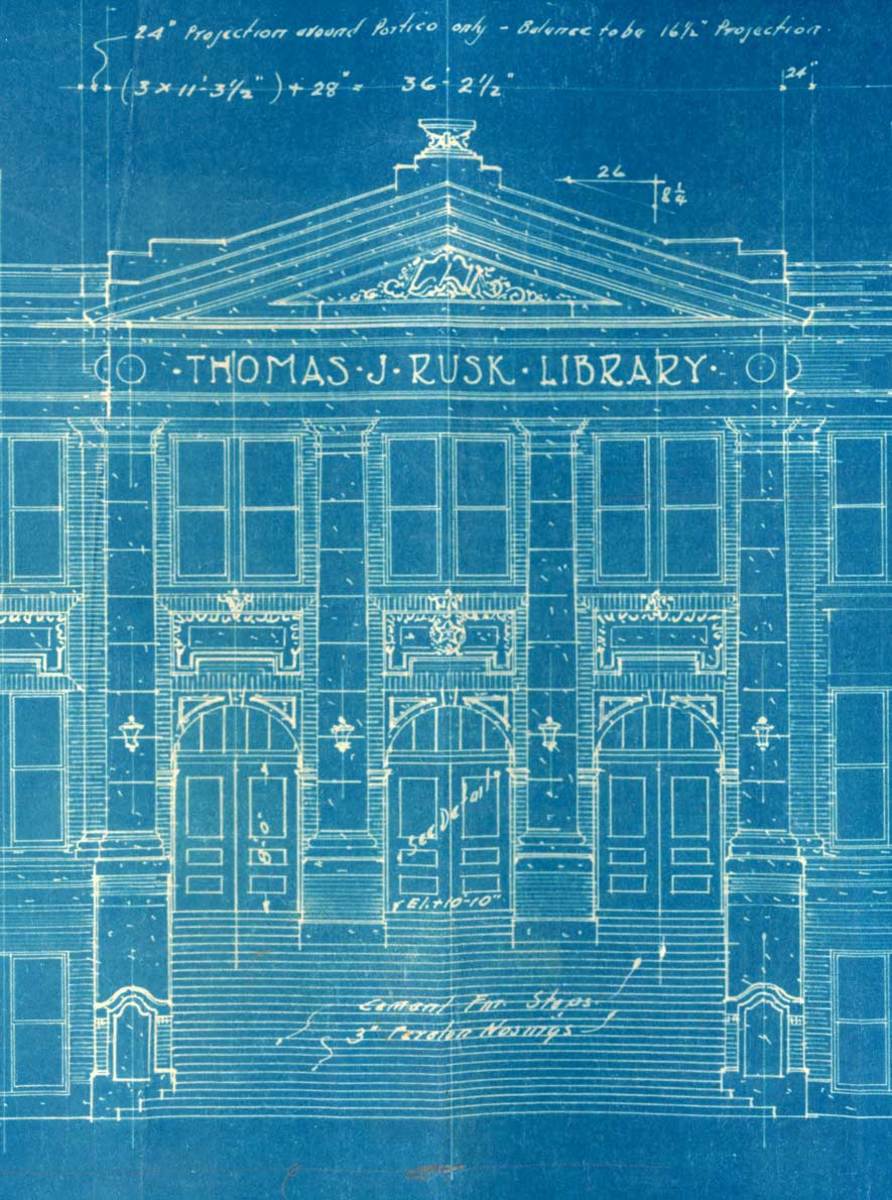Abstract Art Is About Sensing Not About Understanding
.
All art abbreviates human perceptions to some degree; therefore, all art is abstract to some degree, since no art can represent reality's depth, complexity or totality.
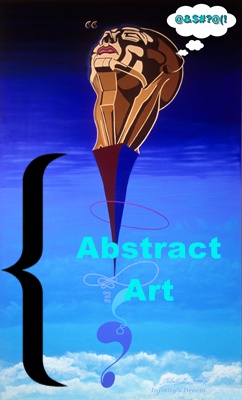
The Basic Idea
In written compositions (such as research papers), an "abstract" is a summary. It is a representation of a whole. A written abstract, thus, highlights main ideas, while leaving out details. We can think of the word, "abstract", in a similar way, when we use the word to describe visual art.
Regardless of an artist's skill in representing pictoral details, no artist can capture the totality of a scene that the art might represent. Representational art, therefore, always leaves something out. Even a photograph leaves something out of a real scene's immense complexity. Consequently, all art is abstract. All art abbreviates reality.
Standard Label
People have become accustomed to using an agreed upon label to categorize works of art that avoid realistic representations of familiar objects. The preferred label for these kinds of works is "abstract art". Abstract art does not focus on clear contextual meanings, on obvious symbolism, or on accurate mathematical proportions of recognizable forms. Unfortunately, this labeling often supports the idea that abstract art is difficult to grasp, confusing, and motivated by undefined or undefinable, pent up emotions that require venting.
The failing here is in believing that abstract art MUST be about something. The further failing is in believing that all knowing or all perceiving SHOULD have logical, conceptual measures.
There are other, more basic ways of knowing and perceiving that exceed conceptual measures.
Better Standard
A more enlightened standard recognizes DEGREES of abstraction in every form of art.
Instead of requiring an absolute lable to categorize art that has never been about conceptualizable standards to begin with, a better standard would recognize that there is no such thing as non-abstract art. Rather, some art is simply more abstract than other art.
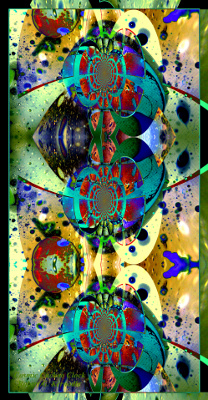
Primal Realism
I would venture so far as to say that "abstract art" is the most intense degree of art realism, because, in many instances, it deals with primal shapes and primal relationships upon which formal art realism depends. Abstract forms are the very foundations of evolved forms, just as primitive amoebic life forms are the foundations of highly evolved life forms.
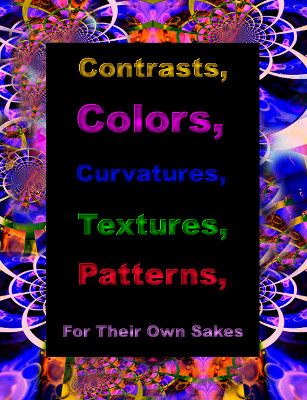
Contrasts, colors, curvatures, textures, and patterns are the general ways in which human beings perceive the entire world. Our bodies and senses are tuned to these ways of making visual sense of the world, long before we develop formal speech, technical rules, or perfected cultural and individual intellectual habits. These basic ways of knowing the world through raw senses are the birthing grounds of categorical delineation, formal boundaries, scholarly color theories, skilled techniques and rational rules of composition.
Abstract art, then, if it is about anything, is about these raw sensations for their own sakes. Color without context, shape without symbolism, contour without conceptualization, and texture without intention are the elements of this often misunderstood approach to art.
Understanding Is Experiencing
Simply experience the raw qualities in abstract artworks, and if you like the way the artworks present these qualities, then you "understand" the artworks, and you find something worthwhile in your own favorable experiencing of them. First view these raw qualities apart from any possible precise formal meanings that they could convey. The focus is on the qualities themselves, again for their own sakes. If imagination plays with these elements to form some higher meaning (such as when a child finds faces in clouds), then this is good too.
Abstract art fully opens the senses, and it fully activates the imagination.
